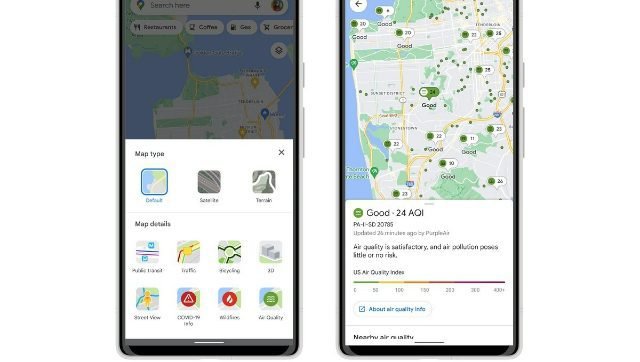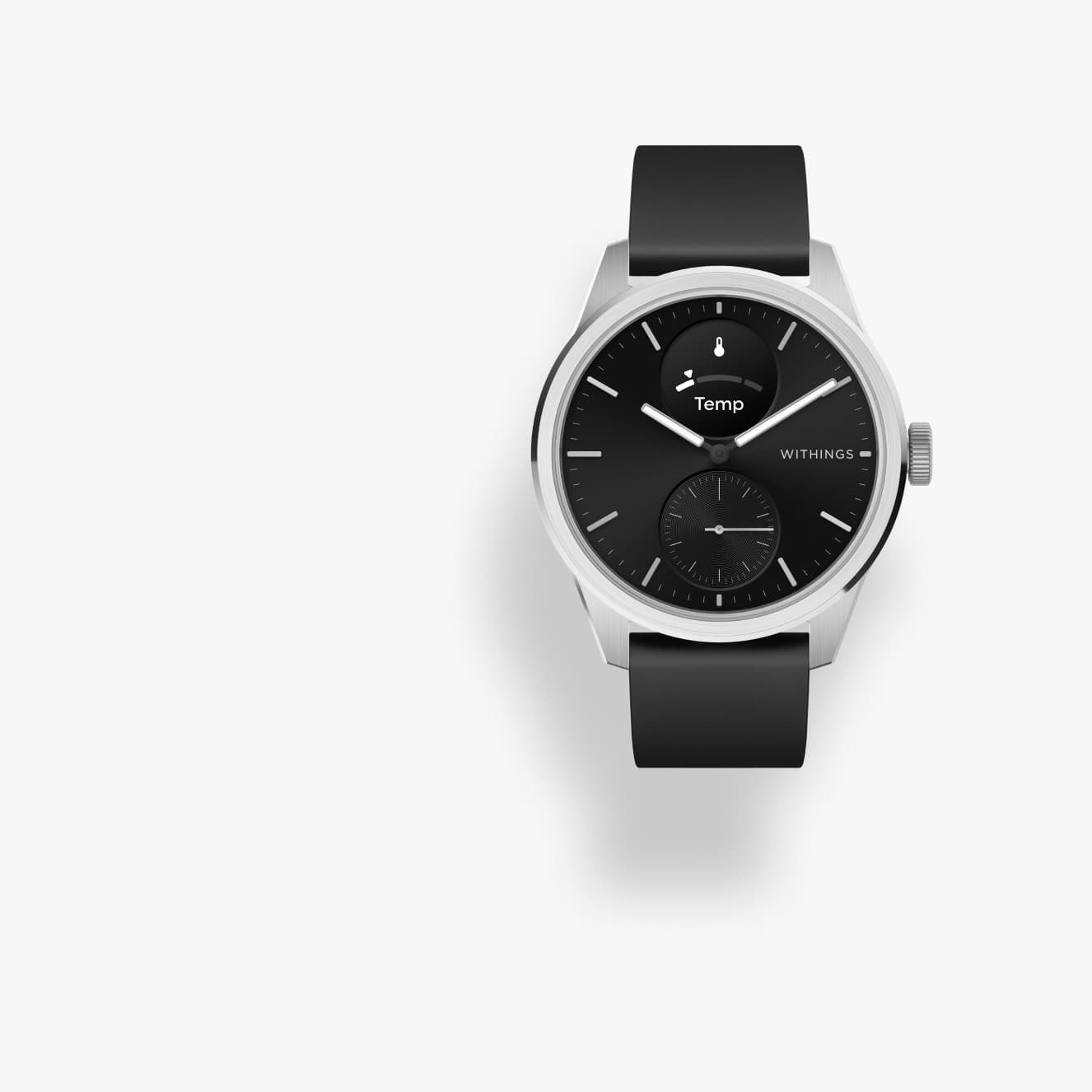Because technology has advanced to the point where common scams no longer work, scammers have had to get creative. We recently covered how scammers looted a Delhi-based businessman of Rs 50 lakhs by just giving missed calls. In 2022, another different and equally scary scam has been doing the rounds.

If replacing your iPhone or an expensive item from the box with a bunch of potatoes or soap was not enough, scammers have evolved to a much more dangerous level. We are, of course, talking about the fake parcel scam or the cash-on-delivery scam. This is a scam that disproportionately targets people who often shop online.
What is the Fake Parcel Scam or cash-on-delivery scam?
What happens is that a scammer will pose as a delivery person from one of the biggest e-commerce companies, either Flipkart or Amazon, or sometimes, even from the post office. They will show up at your doorstep, claiming they have a package for you that you need to pay for. More often than not, the scammers will rely on the fact that you have a parcel on its way to you for which you have to spend on the spot.
However, if you do not have such a parcel on the way or if you are not expecting an order, they will show you a bogus list and a label on the package with your name and address. And if you insist that you have already paid for the package, they will insist that you have not, or rather, they haven’t received the instruction of not collecting payments from you. They will then try to assure you that you need to pay now, and the amount you have already paid to Amazon or Flipkart will be refunded to your account.
If you try to open the package in front of them, they will insist that you pay first, receive the box, and do whatever you want. During all this time, they will try to get you to pay online, via UPI, or through another link.
If, for some reason, you get convinced that you indeed have to pay, they will get their associate to send you a link via SMS that will lead to a page that looks like a legit payment gateway. Or, they will ask their associates to send you a UPI link.
In some variations, they may not even ask you to pay but to share an OTP that you received from Amazon and to fill the same OTP in a link sent to your phone. In most cases, the connection they share will look like you’re trying to reschedule the delivery date of your package, for which you will need an OTP.
You have been hooked as soon as you do any of these things. If you share any OTP or click on any link they shared with you, you have given the scammers unhindered access to your smartphone and your bank account. Using the connection, not only were the scammers able to clone your phone onto their systems, they now can receive SMSs that contain your OTPs from banks in real-time.
In another variation of this scam, the scammers may approach your neighbor when you’re away and ask them to pay on your behalf. You may be compelled to tell the delivery person to send you a payment link, but do not do that, ever.
Who do these scammers target with the fake parcel scam?
These scams are often carried out by people who work closely with delivery people or last-mile delivery agencies. When they see that a particular person receives a lot of packages from Amazon or Flipkart, that person becomes a target. Thanks to their position at the delivery warehouse, they already know your address, phone number, the frequency you order, and, most importantly, how frequently you order expensive stuff from these e-commerce giants.
If you live in a posh area or apartment and are often getting some package or other, you have a chance of getting marked.
How to protect yourself from fake parcel scams?
There are several steps that shoppers can follow. First and foremost, try and pay up online when you place your orders as much as you can. Do not try to go for the Cash On Delivery option, especially when you’re dealing with high-value items.
Second, keep a physical list, separate from your order history, listing all the packages you expect to receive and the potential delivery date.
Also, whenever you receive a package from out of the blue, open it up before you pay – you’ll find that these boxes are often filled with soap, stones, or other rubbish. And if you get a call from your neighbor that they have someone asking for money to deliver a package on your behalf, ask them to tell the delivery person to return with the box on a different date – do not ask them to send you a link or a UPI request.
And finally, under no circumstances do not ever click on any link you receive in an SMS when dealing with such deliveries. Do whatever you have to do over the e-commerce platform’s app, desktop website, or email. If the delivery person is persistent and tries to force you to do something you’re not entirely sure of, refuse to take delivery and ask them to return it to Amazon, Flipkart, or whichever online platform you shopped from. If it was a legit order, these platforms will contact you and set a delivery date and time that suits you.









